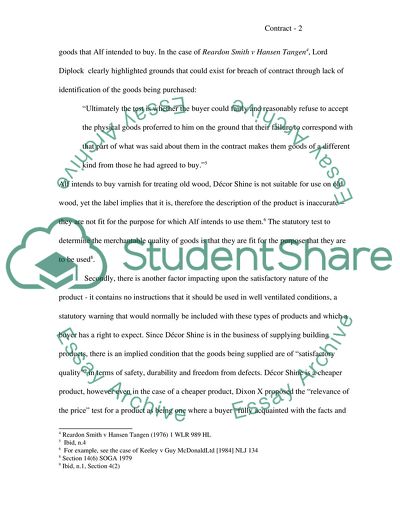Cite this document
(“Consumer Law Essay Example | Topics and Well Written Essays - 3000 words - 1”, n.d.)
Consumer Law Essay Example | Topics and Well Written Essays - 3000 words - 1. Retrieved from https://studentshare.org/miscellaneous/1536348-consumer-law
Consumer Law Essay Example | Topics and Well Written Essays - 3000 words - 1. Retrieved from https://studentshare.org/miscellaneous/1536348-consumer-law
(Consumer Law Essay Example | Topics and Well Written Essays - 3000 Words - 1)
Consumer Law Essay Example | Topics and Well Written Essays - 3000 Words - 1. https://studentshare.org/miscellaneous/1536348-consumer-law.
Consumer Law Essay Example | Topics and Well Written Essays - 3000 Words - 1. https://studentshare.org/miscellaneous/1536348-consumer-law.
“Consumer Law Essay Example | Topics and Well Written Essays - 3000 Words - 1”, n.d. https://studentshare.org/miscellaneous/1536348-consumer-law.


